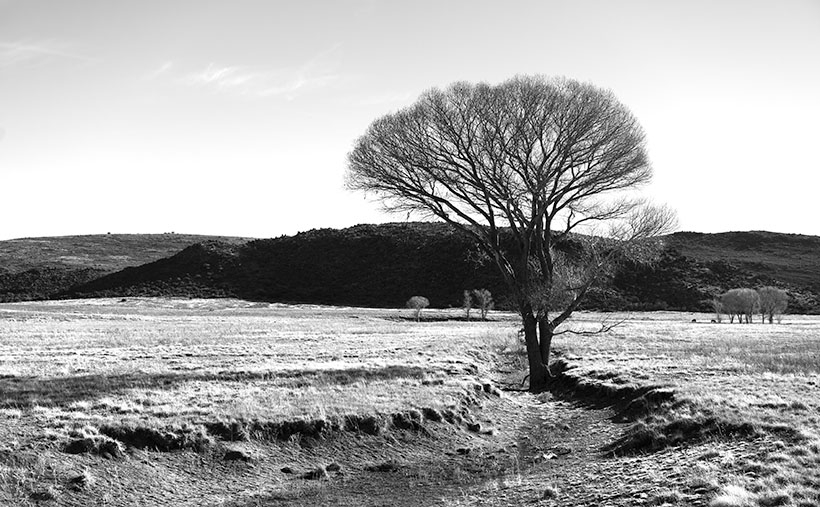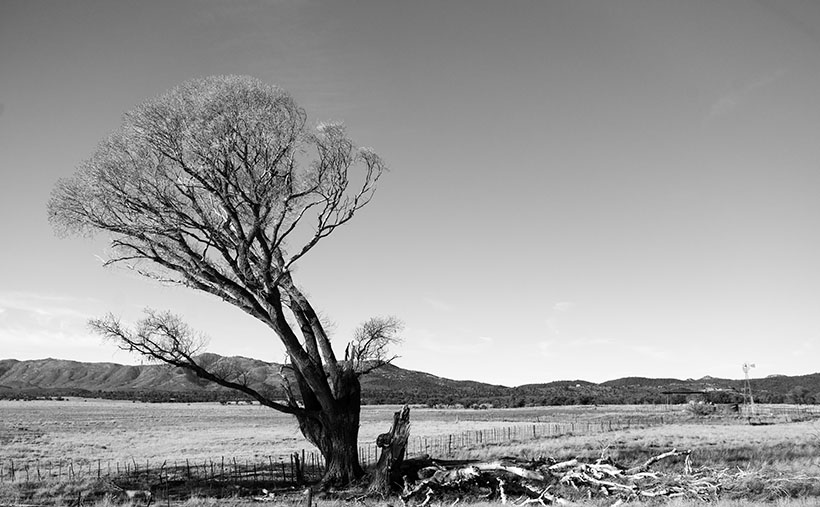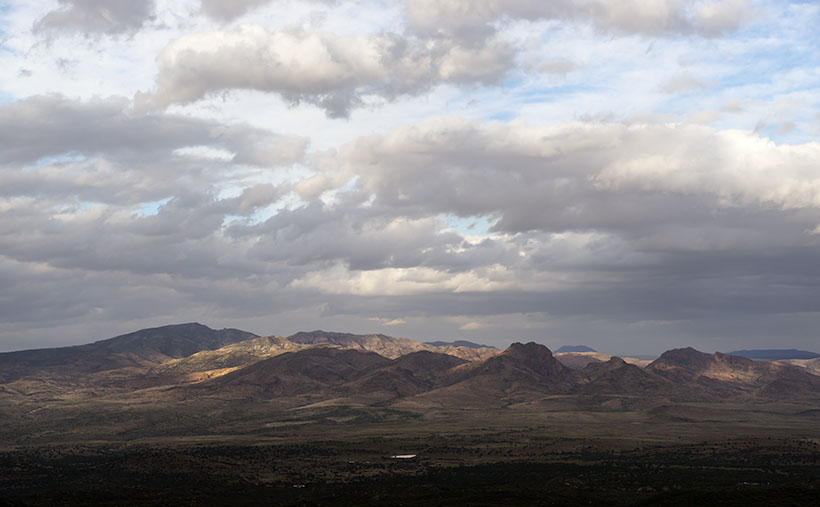The part of Yavapai County where Queen Anne and I live is littered with the names of pioneers that came to Arizona looking for gold after the gold rush in California panned out. These places include the towns of Wickenburg, Yarnell, and Stanton—the Weaver Mountains—and Peeples Valley. I didn’t misspell the valley name. It’s not a great commune up there in the mountains, but a rather a lovely flat valley named after a prospector named A. H. Peeples.
I’ve mentioned him before in previous posts. With a set of initials like that, I was relieved (although disappointed) to find that his full name was Abraham Harlow Peeples. He was on an Army expedition lead by Captain Joseph Walker and guided by Pauline Weaver—who, despite the name, was a man. While camping along a creek, some horses (or mules, depending on which story you read) wandered off during the night. Walker sent a couple of wranglers to fetch the animals. When they returned to camp, they talked about gold on top of the hill and showed pockets full of nuggets. Peeples and the rest of the party went to see for themselves. Arizona Place Names said that Abraham picked up $7,000 in gold before breakfast—and that’s in 1863 money. Anyway, he used his new wealth to build a ranch in the valley that bears his name.
Before Anne and I settled in Congress, we looked at several homes up there. It has advantages. With a higher altitude, it has milder summers but doesn’t get snowed in during winter. The valley has beautiful mountain views with the Bradshaw’s to the east the Weaver Range on the south. The little town has a bar and convenience store. What more could you want? However, the closest grocery store is the Safeway in Wickenburg, and that’s where we buy groceries now—fifteen miles in the other direction.
The Maughan Ranch owns most of the land in the valley, and they keep adding to their property. Along Az. 89, there are painted white fences, with black cattle grazing behind them. Our real estate agent joked that the painters are full-time staff because they’ll never finish.

Lucky for me, the fences don’t block the view of the trees featured in this month’s set of photographs. For this week’s featured image—called Meadow Cottonwood—I leaned against the fence to brace myself when I snapped the photo. This dormant cottonwood is a middle-aged tree that found a meadow ravine to grow in. Backlit by the sun, I’m happy how the delicate branches contrast against the white sky.
You can see a larger version of Meadow Cottonwood on its Web Page by clicking here. I hope you like it. Be sure to come back next week for another cottonwood portrait from Peeples Valley.
Until next time — jw


